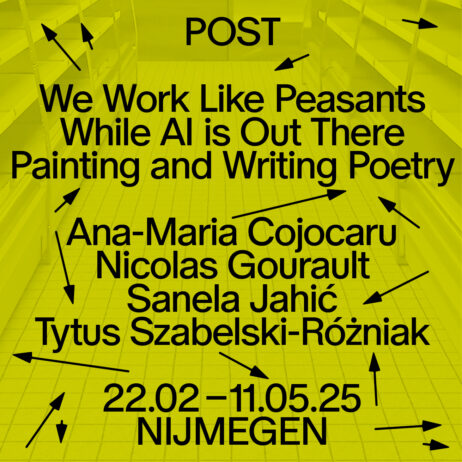The Camera as Embodied Knowledge – over Narrating Haitian Memories
Rita Ouédraogo is curator bij Framer Framed en schreef een artikel naar aanleiding van de tentoonstelling KAZAL – Narrating Haitian Memories. Een essay over de camera als verteller en drager van herinneringen. Dit artikel is alleen beschikbaar in het Engels.
Recently the discussion about (generational) trauma and how the body is a vessel for this trauma has become an important theme within the (visual) arts. Artists and curators have produced works and exhibitions that consider history through an alternative lens to envision different modes of documenting history, remembrance and memory.
By doing so, they aim for the possibility of more inclusive histories that tell the stories of the often marginalised. The Haitian K2D collective (Kolektif 2 Dimansyon) went to Kazal, a rural town in Haiti, to connect with inhabitants who experienced the brutal massacre under the François Duvalier dictatorship in 1969. Duvalier murdered an estimated 30,000 people during his fourteen years regime, from 1957 to 1971, in a bloody campaign against alleged dissidents. His son Jean-Claude Duvalier also over- saw widespread torture and killings when he succeeded his father as ‘President for Life’ the following fifteen years.
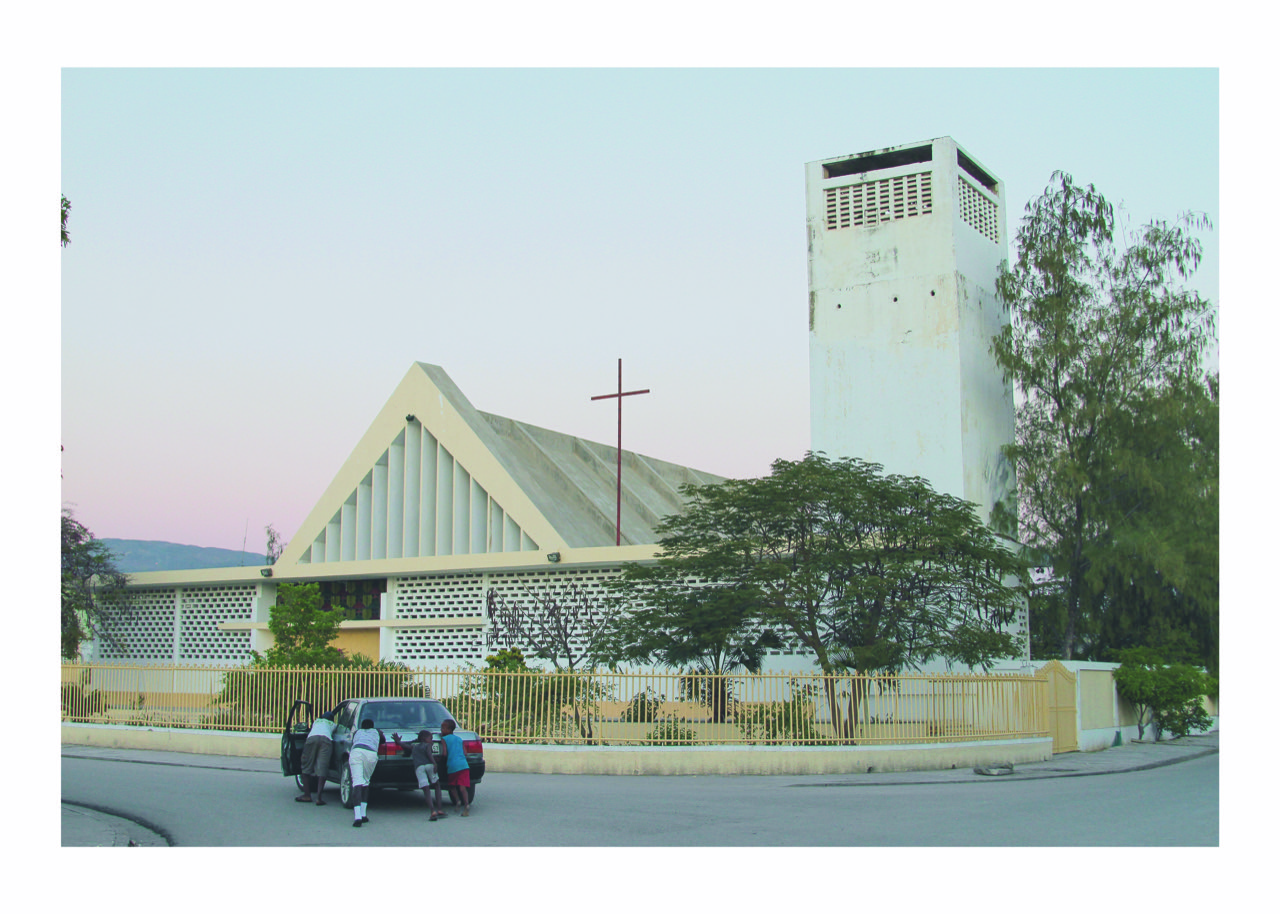
Three-quarters of the current population of Haiti were too young to remem- ber the Duvalier dictatorships. For three years, K2D forged connections with the inhabitants of Kazal using different methodologies, not solely talking and listening. Together they narrated and documented memories through the medium of photography. The resulting project explores the ways in which photography can serve as a mode of embodied knowledge, as a means for “victim-survivors” (Régine Michelle Jean-Charles) to break through memories that have been, consciously, forcefully forgotten. They are interrogating how this powerful — yet colonially problematic — medium can function as a way to narrate memories and process trauma. Together the photographers — Edine Célestin, Fabienne Douce, Réginald Louissaint Jr., Mackenson Saint Felix, Moïse Pierre, Georges H. Rouzier — have offered alternative perspectives of a brutal history, hereby envisioning possible futures. They are remembering for those who cannot: a necessary objective, since there are so few survivors of the Kazal massacre as well as the Duvalier regime. The camera here acts as embodied knowledge.
But what does it mean to tell a story from a context that seemingly has no direct relation to Haiti and the Netherlands? If aspiring to engage decolonially means rigorous deep thinking about positionality, then what happens when we, here in the Netherlands, in Amsterdam at Framer Framed exhibit the brutalities that the massacre of François Duvalier in 1969 caused in a white cube space? Can we tell this important narrative, as told by the collective K2D from Haiti in Amsterdam? Are we (all) able to ‘listen to the images’ and sit with ’the Black gaze’, concepts which, Tina Campt(1) asks us to engage with when questions of Black Europe occur? How does K2D, when displaying their Haitian-based photography in Europe, asks us to consider this photographic work as “sites of creativity, refusal, and expression of a persistent hope for more.”(2)
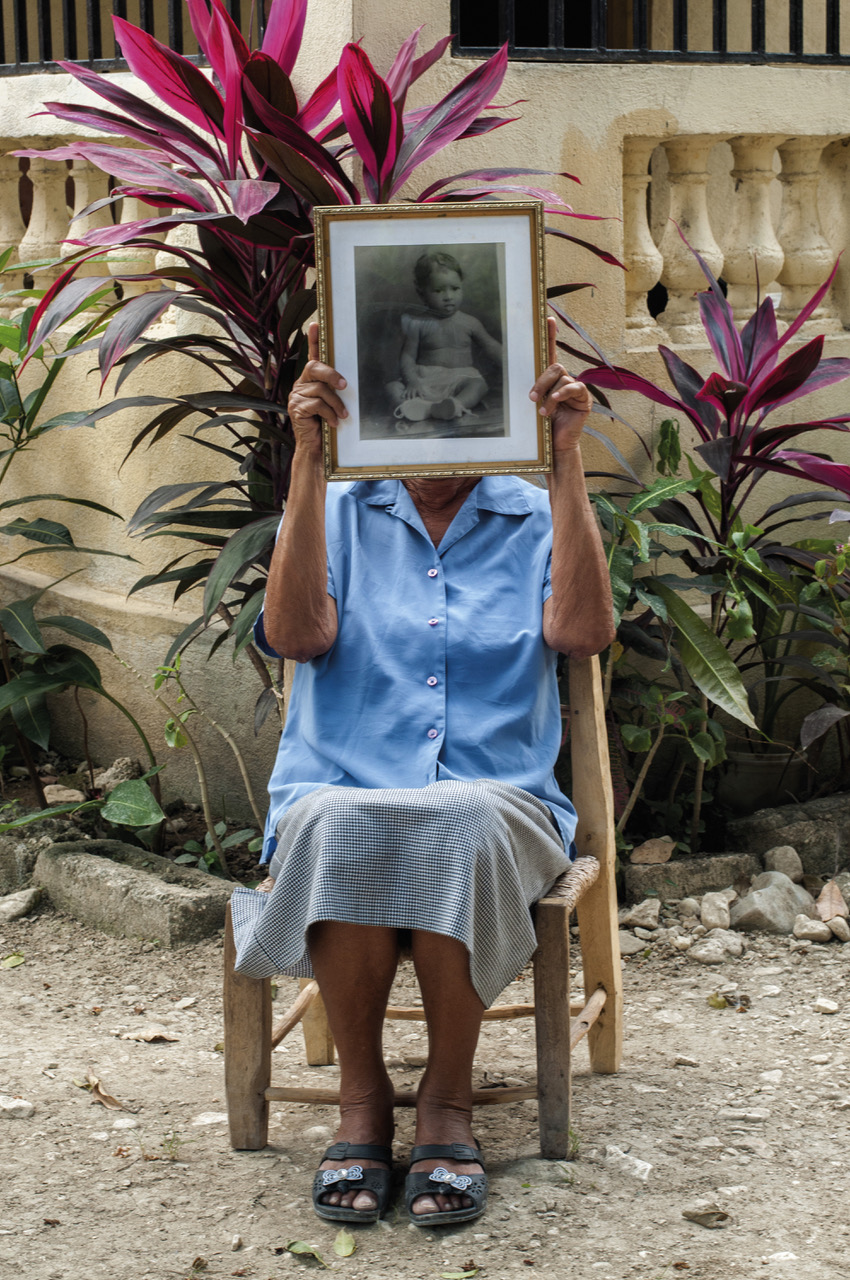
Narrating Haitian Memories
This exhibition showcases six documentary photographers who narrate the memory of the massacre that took place in Kazal, Haiti, in 1969, under the aegis of then dictator François Duvalier, a leader supported by both North American and European economic and political interests. Martinican photographer Daniel Goudrouffe, in speaking about his own adoption of the Magnum process, when questioned about his practice of photography, and what it means to “steal images,” he, explains “J’essaie d’être juste, mais dans quoi? Je suis juste dans ma subjectivité peut-être.” (I try to be fair, but in what? Maybe I am fair in my own subjectivity.) K2D openly acknowledges a certain reference to Magnum’s work, and perhaps Goudrouffe’s words resonate, where K2D literally and figuratively speaking, take the lens, their own gaze, to revisit an event signifying the difficulty of both “remembering and forgetting the Duvaliers.”
Several years after they started the project: KAZAL, Memories of a Massacre under Duvalier: A Photographic Approach, which previously exhibited in Port-au-Prince, Haiti (2019), will now be presented in Framer Framed. The audience encounters K2D as a collective as well as individual photographers whose gaze on an event often-avoided: a crime against humanity. What does it then mean for audiences in Amsterdam — in all of their respective diversities — to engage with K2D’s work? Photography as a medium of narrating memory seems crucial to mediating how we, Dutch based audiences, become aware and responsible for our own modes of consuming art.
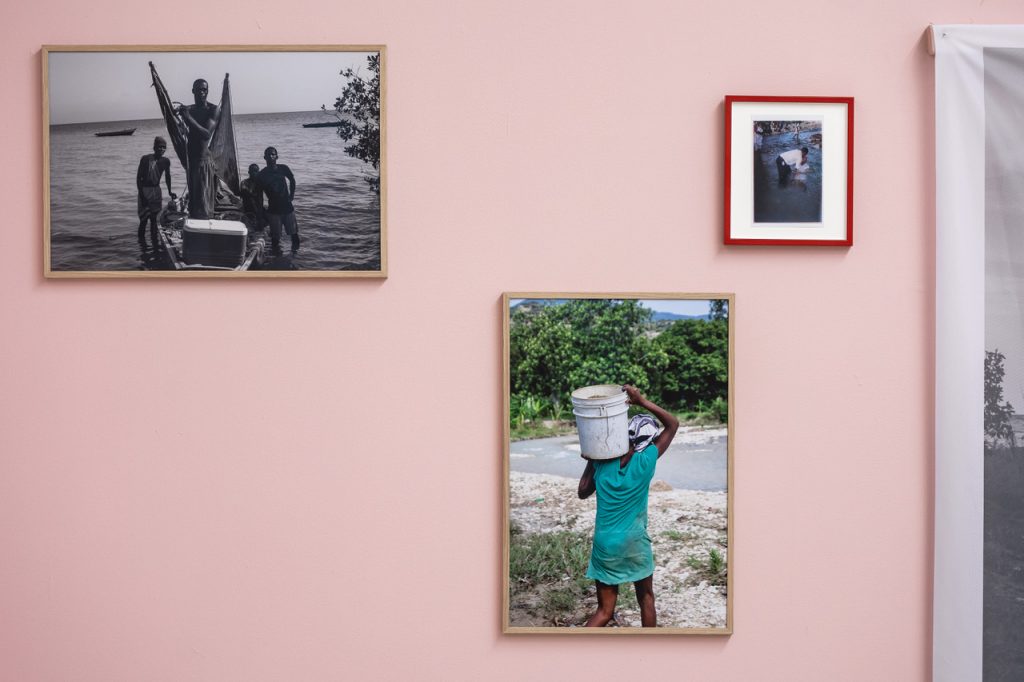
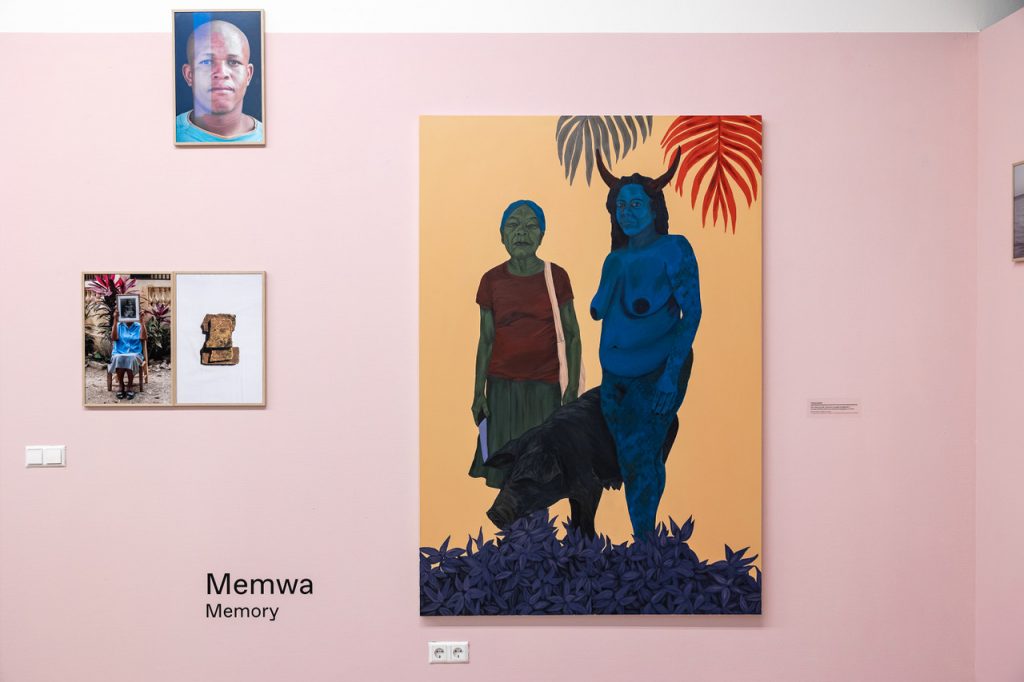
Another ‘narrator’ within the exhibition, this time using a different approach, is the Haitian artist Tessa Mars. She employs painting and sculptures to shape, nurture, carry and contextualise the conceptual argument of the show. Tessa Mars, currently in residency at the Rijksakademie in Amsterdam, offers storytelling and image-making as modes of survival. Elements of the mystical, memory and history are themes often visible in her work. Mars explores the transformative strategies for survival, resistance, empowerment and healing. Together the mediums through which Haitian memories are narrated tell a complex story of trauma, survival, togetherness and agency.
Deze tekst is ook gepubliceerd in het Frans op de website van Framer Framed. De tentoonstelling KAZAL – Narrating Haitian Memories is te zien van 27 mei tot 1 juli 2022.

